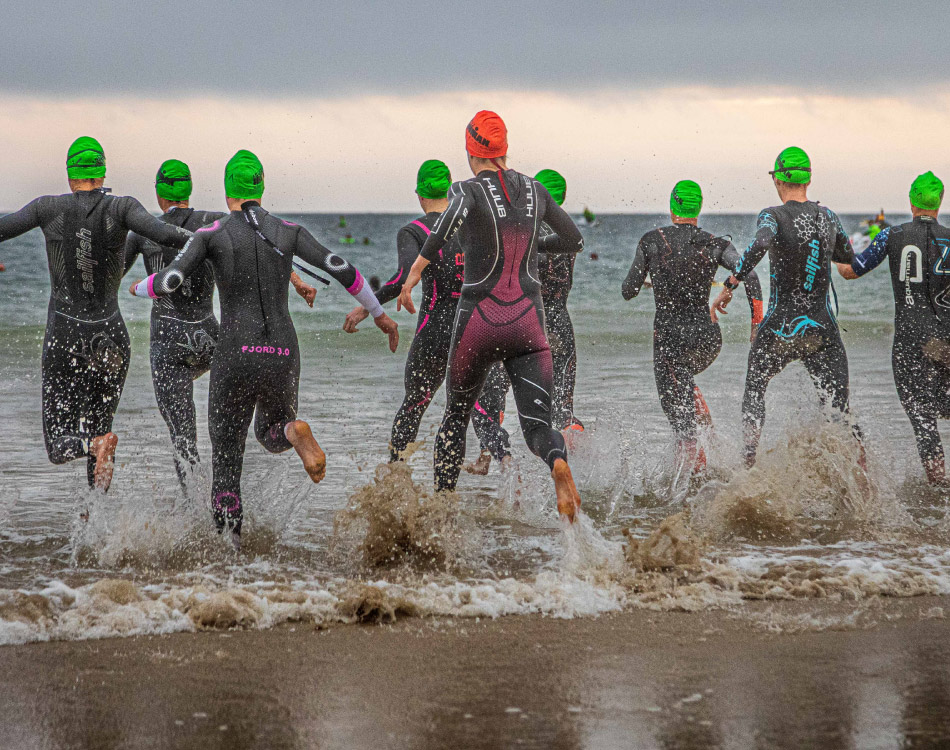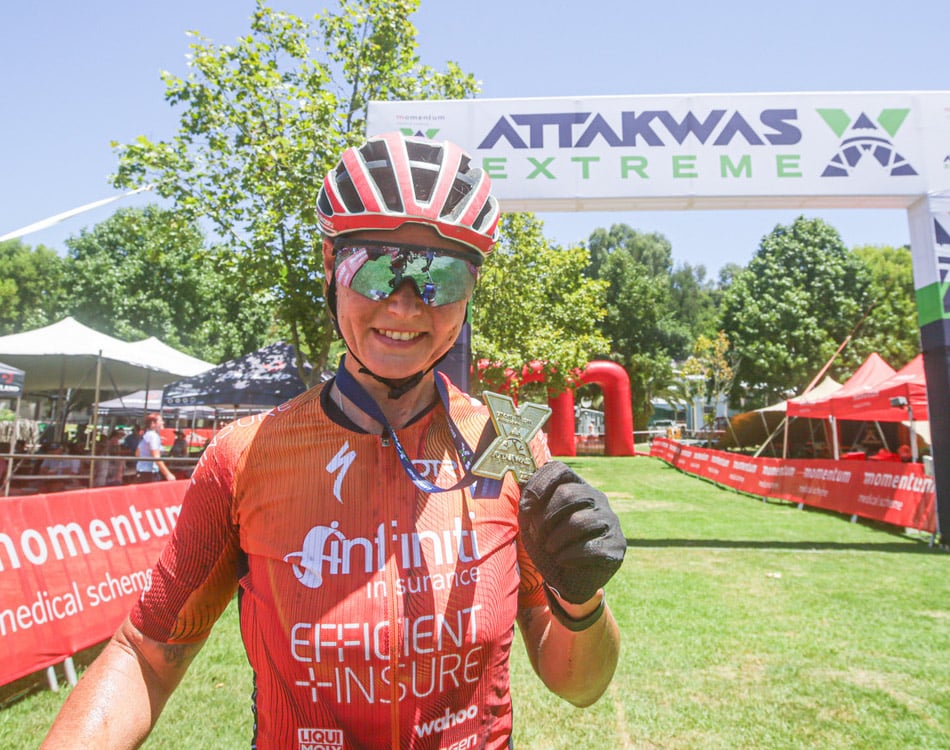Do mid-run side stitches literally stop you in your tracks?
This is the best way to deal with them to get back on race pace as soon as possible.
A pain in the side
Anyone who runs for fun or fitness will know the devastating effects of a side stitch. The scientific name for the condition is exercise-related transient abdominal pain (ETAP).
This condition generally refers to a sharp, stabbing sensation that can occur on either side of your abdomen, just under the ribs.
While the exact causes remain unclear, there are numerous theories used to explain this cramp-like ailment, which seems to be more prolific among runners than other athletes.
For instance, a study published in the Journal of Sports Medicine in 2014 found that 70% of runners had experienced a side stitch in the preceding 12 months.
However, it seems that any activity that involves trunk rotation and stabilisation can cause a side stitch, including swimming and horse riding.
An odd occurrence
Interestingly, a stitch is more commonly reported on an athlete’s right side, which has led to two ETAP theories.
The more popular theory suggests that the pain may be caused by an increase in blood flow to the liver – your largest internal organ – during exercise, which is located on the right side of your abdomen, beneath your diaphragm.
As your heart rate rises, more red blood cells enter the liver. This can cause a temporary state of high blood pressure in the liver, which restricts blood flow through the liver’s portal vein to the rest of the body.
The lung factor
Another possible cause, particularly among runners, relates to how athletes breathe. Most people breathe in a shallow fashion using an even number pattern – breathing out on every second, fourth or sixth footfall. The problem with this pattern is that you always breathe out when landing on the same leg.
When you exhale you lose the core stabilisation effect that lungs filled with air exert on your torso. When this happens, other core and stabiliser muscles need to work harder to compensate and one side of the body fatigues quicker. This can lead to cramping on the overworked side of your body.
A potential solution to your side stitches entails breathing using an odd number footfall pattern – 3, 5 or 7 steps. This will ensure you land on alternate feet while running, which means the impact and stress are more evenly distributed across both sides of your body.
Other potential side stitch causes
Other studies suggest that a lack of blood flow to the diaphragm – the thin muscle at the bottom of your chest that aids breathing – can lead to a side stitch. This happens because blood is diverted to working muscles in the legs during exercise (or arms, if you’re swimming) and away from the diaphragm.
Another explanation suggests that the peritoneum – a lining in the abdominal cavity – or the ligaments that support your internal organs can become irritated due to the movement and friction in the torso that accompanies certain exercises. However, this theory doesn’t account for the prevalence of side stitches while swimming.
A final consideration is the impact that food and drink have on your digestive system while you exercise. Athletes who exercise after eating a large meal or drink too much liquid, especially sugary sports drinks, can experience a stitch due to an engorged gut, or from compromised absorption.
Treating a side stitch
The solutions to resolving a stitch are as varied as the possible causes. As with any cramp, your first step should be a reduction in intensity. Slow down, even to a walk if necessary, breathing in deeply and exhaling slowly as you do so.
If this doesn’t help, stop completely until the stitch dissipates. You can try stretching the affected side by bending gently into the side where you feel the stitch. As you do so, reach the opposite hand overhead.
You can also try pressing your fingers gently into the affected area while you bend your torso slightly forward. Apply the most pressure while breathing out.
A side stitch will usually resolve on its own within a few minutes or after you stop exercising. However, if it persists for several hours, even after you stop exercising, you may need to seek medical advice.

















Leave A Comment